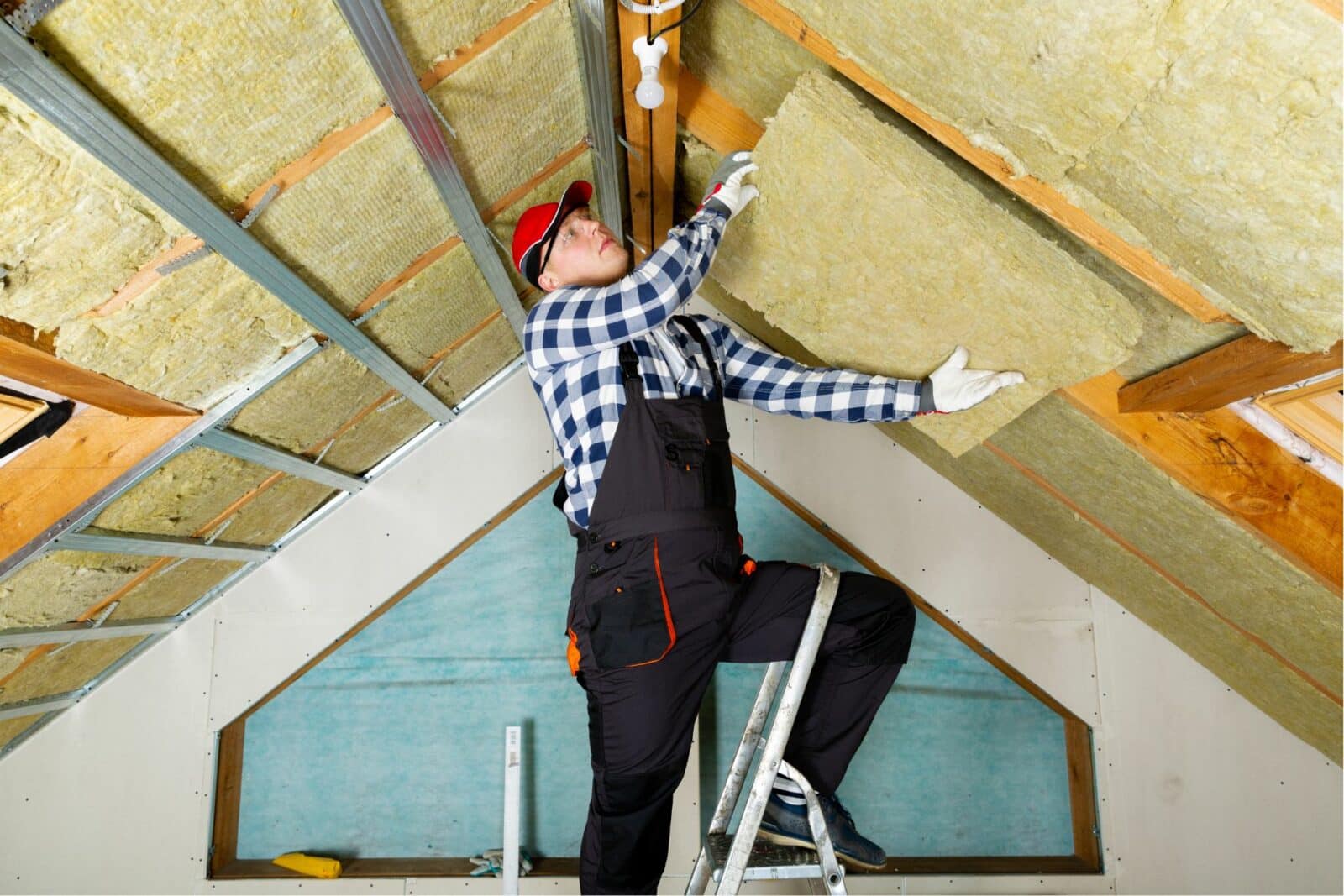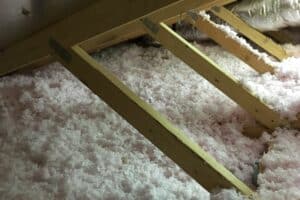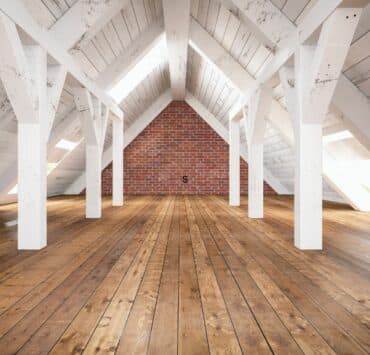Insulating your attic is a crucial step in maintaining a comfortable and energy-efficient home. Proper insulation helps regulate indoor temperatures, reduces energy consumption, and prevents heat loss in the winter and heat gain in the summer. Here’s a comprehensive guide on how to insulate an attic:
1. Evaluate the Attic
Before starting, inspect your attic to assess its current insulation and identify any areas that need improvement. Check for existing insulation, its condition, and any gaps or exposed areas.
2. Choose the Right Insulation Material
Select the appropriate insulation material based on your attic’s needs and your budget. Common options include fiberglass batts, blown-in cellulose or fiberglass, and spray foam insulation. Each type has its advantages and considerations, so research and choose accordingly.
3. Gather the Necessary Supplies
Purchase the insulation material, safety gear (gloves, mask, goggles), and any tools required for installation, such as a utility knife, staple gun, or blower machine for blown-in insulation.
4. Seal Air Leaks
Before installing new insulation, seal any air leaks in the attic. Use caulk or foam sealant to close gaps around vents, pipes, light fixtures, and other openings. Proper sealing helps prevent air infiltration, maximizing insulation efficiency.
5. Install Insulation on the Attic Floor
If your attic is not used as living space, insulate the attic floor. Lay insulation batts or roll out blankets between the ceiling joists, ensuring a snug fit. Be careful not to compress the insulation, as this reduces its effectiveness.
6. Insulate Attic Access Points
Don’t forget to insulate the attic access door or hatch. Attach insulation panels or weatherstripping around the edges to create a tight seal.
7. Consider Adding Attic Ventilation
Proper attic ventilation is essential to prevent moisture buildup and promote better air circulation. Install soffit vents and roof vents to ensure a balanced and well-ventilated attic space.
8. Insulate Attic Walls and Ceilings (For Finished Attics)
If your attic is used as living space, insulate the walls and ceilings with the chosen insulation material. Consider using spray foam insulation for better coverage in tight spaces.
9. Hire a Professional (Optional)
If you’re not comfortable with DIY insulation or have a large attic space, consider hiring a professional insulation contractor. They have the expertise and equipment to ensure proper insulation installation.
10. Safety First
During the installation process, prioritize safety by wearing appropriate protective gear, working in a well-ventilated area, and being cautious on ladders or scaffolding.
Conclusion
Insulating your attic is a valuable investment that pays off in energy savings and increased comfort. By following these steps and using the right insulation material, you can create a well-insulated attic that contributes to a more energy-efficient and cozy home.








